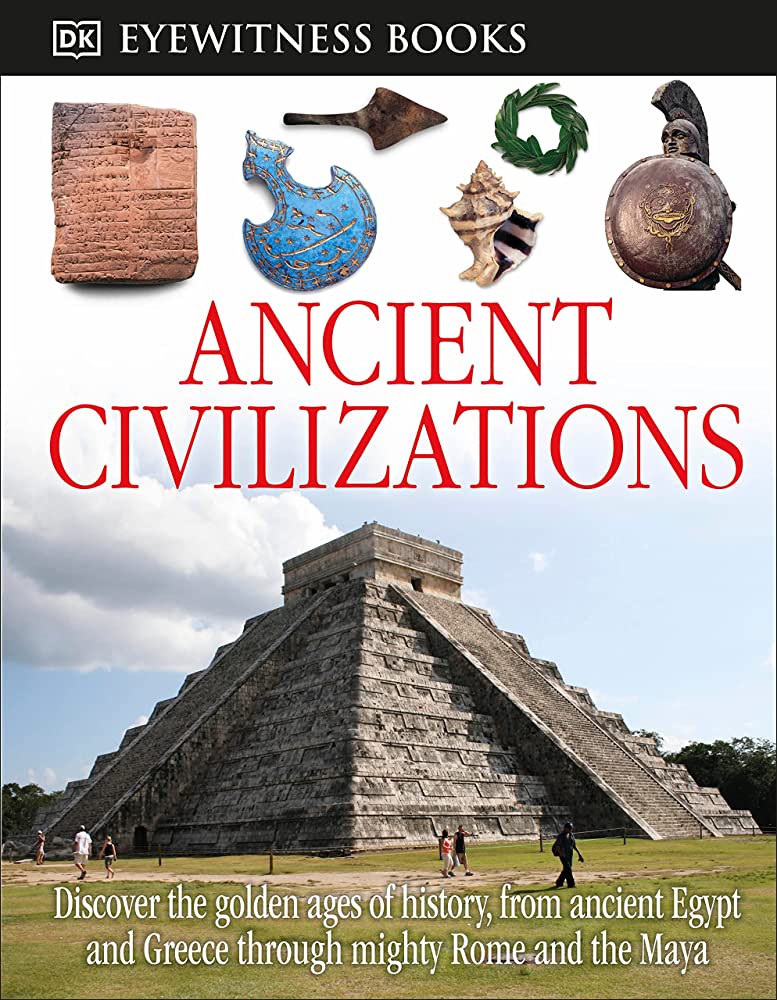The Mayan civilization and the Egyptian civilization were both significant and influential ancient civilizations that left behind remarkable legacies that continue to influence our modern world. The Mayans were located in Central America, while the Egyptians were located in North Africa, along the Nile River. Both civilizations were deeply religious, with their beliefs playing a significant role in their daily lives. They were both known for their impressive architectural and engineering feats, with the Mayans building massive pyramids, while the Egyptians are known for their massive pyramids, Sphinx, and temples. Both civilizations left behind contributions to astronomy, mathematics, and agriculture.
Mayan Civilization vs. Egyptian Civilization: A Look into Their Legacies
Introduction
When we talk about ancient civilizations, two of the most prominent ones that come to mind are the Mayan civilization and the Egyptian civilization. Both civilizations left behind an immense legacy that has shaped our modern world. In this article, we will compare and contrast these two civilizations and explore their legacies.
Geographical Location
The Mayan civilization was located in Central America, specifically in the regions that are now Mexico, Guatemala, Belize, and Honduras. The Egyptian civilization, on the other hand, was located in North Africa, along the Nile River.
Chronology
The Mayan civilization thrived between 2000 BC and 900 AD. In contrast, the Egyptian civilization spanned a much longer time period, from 3100 BC to 30 BC.
Religion and Beliefs
Both civilizations were deeply religious, and their beliefs played a significant role in their daily lives. The Mayans believed in several gods, with each god representing a specific element of nature. They also practiced human sacrifice, believing that it was necessary to appease their gods. The Egyptians also believed in multiple gods, but they were more focused on the afterlife. They believed that the afterlife was an essential part of their journey, and they took great care in ensuring that they were prepared for it.
Architecture and Engineering
Both civilizations were known for their impressive architectural and engineering feats. The Mayans built massive pyramids, temples, and cities, with some of their structures still standing today. Their engineering skills were also impressive, as evidenced by their elaborate systems for agriculture, water management, and astronomy. The Egyptians, on the other hand, are known for their massive pyramids, Sphinx, and temples. They were also skilled in engineering, as evidenced by their irrigation systems, construction of the Great Sphinx, and the construction of the pyramids.
Writing Systems
The Mayan civilization had a unique writing system that was a combination of ideographic and phonetic symbols. This system was used to record important events, such as the reign of kings and the dates of important events. The Egyptian civilization, on the other hand, used hieroglyphics for their writing system. This system was also a combination of ideographic and phonetic symbols and was used to record important historical events, religious beliefs, and daily life.
Legacy
Both civilizations left behind an immense legacy that has shaped our modern world. The Mayans gave us the game of “Pok a Tok,” which is considered the precursor to modern-day basketball. They also made significant contributions to astronomy, mathematics, and agricultural practices. The Egyptians, on the other hand, left behind their impressive architecture and engineering feats, such as the pyramids, which remain among the most recognizable structures in the world. They also made significant contributions to medicine, mathematics, and astronomy.
Conclusion
In conclusion, the Mayan civilization and the Egyptian civilization were two of the most significant and influential civilizations in history. Both civilizations left behind remarkable legacies that continue to influence our modern world today. While the two civilizations differed in their religion, beliefs, architecture, engineering, and their writing systems, they both contributed greatly to our understanding of the world and helped lay the foundation for the development of modern societies.
